Korean fruits are diverse; many are grown locally and consumed throughout the year. They play an essential role in people’s daily diet. They are eaten as a dessert or added to many wonderful recipes, from traditional South Korean delights to drinks.
Popular fruits include persimmons, Korean pears, apples, and citruses like orange and tangerine, which are widely enjoyed for their freshness.
According to the Helgi Library, in 2021, South Korea’s total fruit consumption reached 1,150 kilotons. In 2022, locals consumed tangerines the most, at 11.8 kilograms per capita, followed by apples at 11 kilograms, according to Statista.
Therefore, exploring some essential things about them before taking a trip to South Korea is necessary. Here, I’ll guide you through the most popular fruits in this country. Alongside, you’ll discover some classic dishes and beverages of South Koreans that use these delicious fruits.
You’ll also learn about the seasonal availability of these fruits, which ones are cheapest, and get acquainted with popular vegetables in South Korea.
Let’s get started with a list of the 13 most popular fruits.
13 Popular South Korean Fruits with Filters
Get to know about the fruits of South Korea with a diverse range of flavors. Make use of the filter system to view these fruits employed for dishes, beverages, or garnish.
Plus, let me provide you with some categories like native, non-native, exotic, and national fruit options.
Persimmon
- For Beverages
- For Dishes
- National
- Native
Persimmon (known as gam locally) is a significant fruit in South Korea, originating from East Asia and introduced to Korea in the 14th century.
Persimmon is loved for its sweet, honey-like flavor in yellow-orange or deep red-orange hues when fully ripe. They come in two main varieties: the astringent Hachiya, which must be completely soft before eating, and the non-astringent Fuyu, which can be eaten while still firm.
Persimmons are often seen drying outside homes and shops, transforming into gotgam, a chewy and sweet traditional dried snack. Dried persimmon is a good choice for making Sujeonggwa drinks with ginger and cinnamon.
Korean Pear
- For Dishes
- For Garnish
- National
- Native
Pear (bae) is a native fruit of South Korea. They are large and round with a distinctive crisp texture and juiciness.
You will love its high water content and refreshingly sweet taste. Plus, the skin of Korean pears is usually a light yellow to brown, which you can eat peeled or unpeeled.
They are often eaten raw or used in cooking to tenderize meat due to their natural enzymes.
Korean pears have become a popular gift for guests or consumed in family gatherings, especially during Chuseok, the Korean harvest festival.
Korean Melon
- Exotic
- For Beverages
- For Dishes
Korean melon, or oriental melon, is easily recognizable by its oblong shape, bright yellow skin, and white longitudinal stripes. It is called chamoe in Korean, and “cham” means “true”, “oe” means “melon”.
Its flesh is pale green to white with a crisp texture and subtle sweetness compared to other melons. Inside is a cavity filled with edible white seeds with a slightly gelatinous texture.
Korean melons are commonly enjoyed fresh, in salads, or as a refreshing summer snack, valued for their taste and hydrating properties.
This excellent fruit grows widely in East Asian countries, but it originates in Eastern India. It appeared in China over the Silk Road, and the Chinese brought it to Korea during the Three Kingdoms period.
Korean Orange
- For Beverages
- For Dishes
- Non-Native
Jeju Island is a famous tourist place in Korea, and Korean orange, aka hallabong is one of the most famous fruits here. It’s a type of seedless mandarin orange.
This hybrid fruit is a combination of Ponkan and Kiyomi citrus fruits, and it was created in 1972 in Japan. Hallabongs are prized for their sweet and tangy flavor, large size, and distinctive bump at the top, resembling a small mountain.
Thanks to the high sugar content, it is hard to resist the excellent sweetness. Besides, you can find a hint of characteristic tartness. Therefore, it is commonly used in Korean sweet desserts and drinks.
FYI, its name comes from the name Hallasan Mountain on Jeju Island.
Kyoho Grape
- Exotic
- For Dishes
- For Garnish
Don’t forget to try Kyoho grapes (or podo) when traveling to Korea. This popular fruit is larger than regular grape varieties. It has a thin peel in blackish-purple or black colors. Inside is a sweet, juicy flesh that can be easily separated from the skin.
The name “Kyoho” means “giant mountain,” aptly reflecting their size and the lush, mountainous regions where they are grown. These grapes are often enjoyed as a luxury fruit, served peeled as a dessert or snack.
Korean Black Raspberry
- For Beverages
- For Dishes
- Native
Korean black raspberry, known as bokbunja, is a fruit native to Korea. It has a deep purple-black color and is smaller than the common raspberry.
Its taste combines sweet, tart, and earthy notes. It’s commonly used to make Bokbunja-ju wine. Besides culinary use, bokbunja is also loved as a traditional medicine since it’s rich in antioxidants and vitamins.
Strawberry
- For Beverages
- For Dishes
- Non-Native
South Korean strawberries (ttalgi) are famous for their sweetness, big size, bright red color, and juicy texture.
Therefore, this fruit is best eaten fresh or in delicious desserts like juice, pies, jams, milkshakes, candy, and ice cream.
Strawberries often come with a heart shape, making them favorite gifts on Valentine’s Day in Korea.
Yuzu
- For Beverages
- For Dishes
- Non-Native
If you love citrus fruit, you shouldn’t miss Yuzu (aka yuja in South Korea).
Though it is native to China, this fruit is very popular in Korea due to its aromatic zest and the tart, flavorful juice.
Its appearance is similar to grapefruit but smaller. It has uneven skin with yellow or green colors. You will find about 5 to 8 succulent segments in each yuzu.
Its characteristic combines lemon, lime, and grapefruit with prominent tartness, so it is rare to consume raw Yuzu. That’s why Koreans often make marmalade, yuzu tea, salads, and other desserts.
Korea Tangerine
- For Beverages
- For Dishes
- Non-Native
Korean tangerine (or gyul), particularly the Jeju Island varieties, are well-known for their exceptional sweetness and juiciness.
Compared to oranges, these fruits look smaller and less round. Furthermore, its sweetness is more substantial, and the tartness is less than oranges. Ripe tangerine is often bright yellow. Its skin is very easy to peel, and its flesh is seedless.
These tangerines are a staple winter fruit in Korea. Locals love to eat it raw or add it to salads, desserts, and main dishes. Tangerines from Jeju are often given as gifts during the Lunar New Year and other special occasions in Korea.
Green Plum
- For Beverages
- Native
Green plums, or maesil, are small, unripe plums harvested in early summer before they turn yellow and sweet.
They normally have a round-oval form and sour taste. So they are most famous for being used to make maesil-cheong (plum syrup) and maesil-ju (plum wine), which are traditional digestives and flavor enhancers in Korean cuisine.
Peach
- For Dishes
- For Garnish
- Native
Peach (or bogsung-aui) has been associated with the tradition and culture of Korea. Koreans consider it the “Fruit of longevity, happiness, honor, and riches”.
Korean peaches are known for their juiciness, sweet flavor, and soft, velvety skin. Harvested in the summer, these peaches come in both white and yellow varieties, with the white being sweeter and less acidic.
They are larger and rounder compared to peaches from other regions. In Korea, peaches are often enjoyed fresh or used in dessert.
Apple
- For Dishes
- For Garnish
- National
- Non-Native
South Korea is famed for its apples (sagwa), particularly from the Daegu region, known as the “apple city.”
Korean apples are crisp, juicy, and have the perfect balance of sweet and tart flavors. The country’s cool autumn climate contributes to the apple’s flavor and color development.
These apples are consumed fresh and used in cooking. Beyond their culinary uses, they are also a common ingredient in Korean beauty products for their hydrating and brightening effects on the skin.
People usually purchase apple boxes to give to others as presents. Apple is a similar word for “I’m sorry” in Korean, so it is a priority to give friends or relatives when you want to apologize.
Magnolia Berry
- Exotic
- For Beverages
- Native
Magnolia berry, or omija in Korean, translates to “five-flavor berry” because it tastes sweet, sour, salty, bitter, and pungent all at once.
They are a kind of red berry covered by a smoothie, shiny, and red skin. The spherical shape is the dominant feature of it. These berries are created from dense hanging clusters.
These small berries are primarily harvested to make omija-cha (magnolia berry tea) and omija syrup. They are famous for boosting immunity and alleviating fatigue, making them ideal for cooking and traditional Korean medicine.
What Are South Korean Dishes with Fruits?
The following details are some traditional delights of South Korea utilizing fruits as main elements or for flavoring.
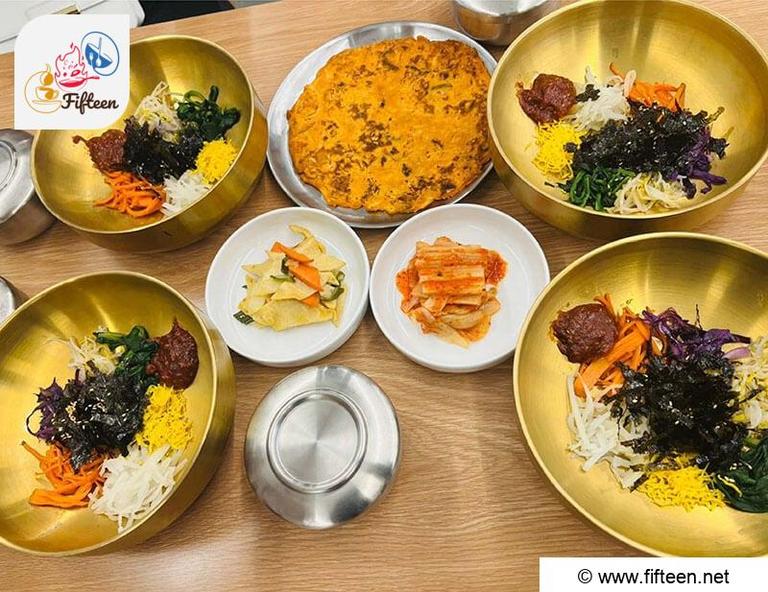
Bibimbap
While not traditionally made with fruit, some variations of Bibimbap add slices of fresh persimmon for a sweet, crunchy contrast to the spicy, savory flavors.

Bingsu
This dessert is made with shaved ice and often topped with sweet toppings, including chopped fruit (e.g., strawberries, melons, peaches, etc.), condensed milk, and fruit syrup.
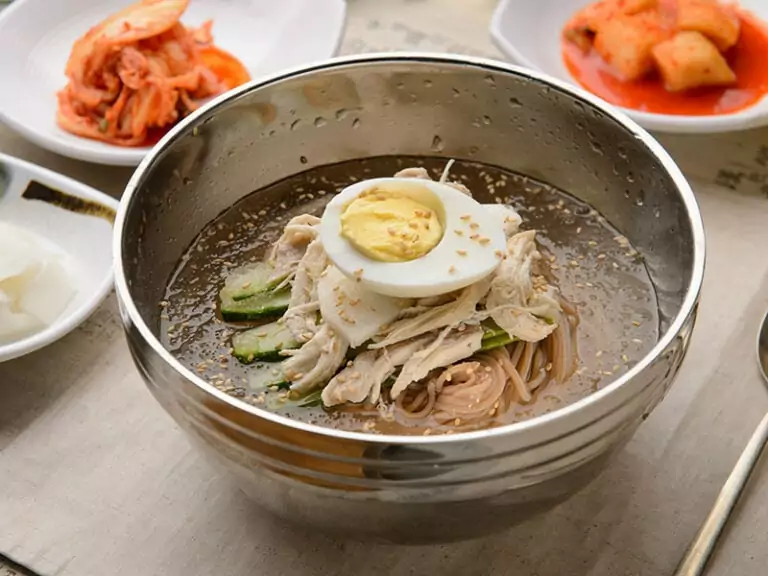
Naengmyeon
Specifically, the mul naengmyeon variant can include slices of Asian pear as a topping. The refreshing crispness of the pear complements the cold broth and chewy noodles.
Next up, I’ll dive into South Korea’s top fruit-based drinks.
What Are South Korean Beverages with Fruits?
Can you list any South Korean drink recipes that use fruits? Allow me to offer some suggestions!
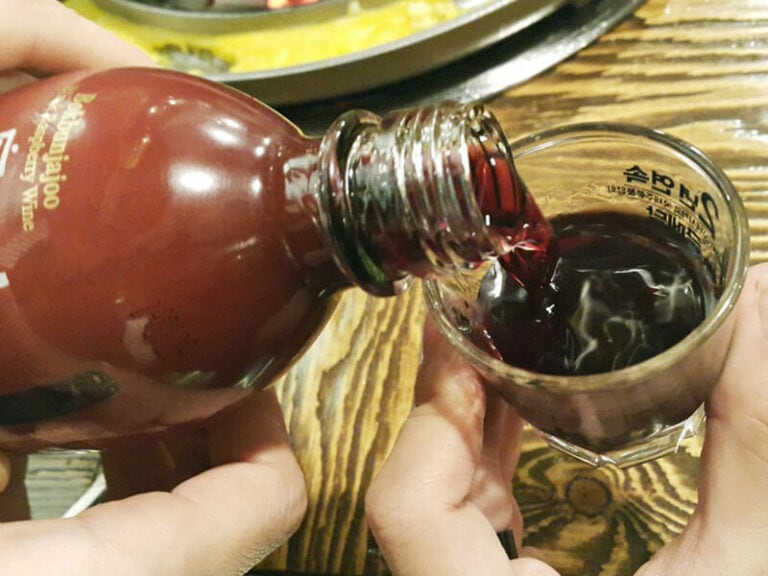
Bokbunja-Ju
It’s made from fermented bokbunja berries, this wine boasts a signature blood-red color and sweet berry flavor.
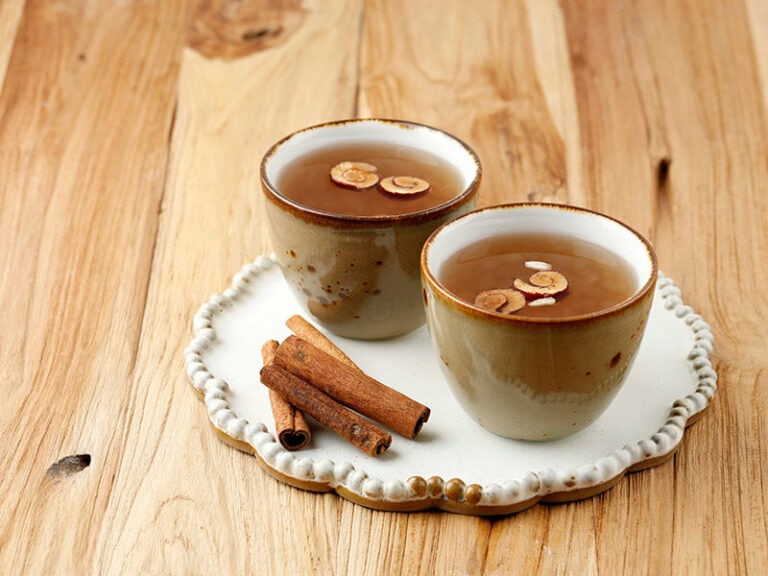
Sujeonggwa
Sujeonggwa is a non-alcoholic beverage brewed with dried persimmons, cinnamon, and ginger. This drink has a mildly spicy and sweet taste, typically served cold.
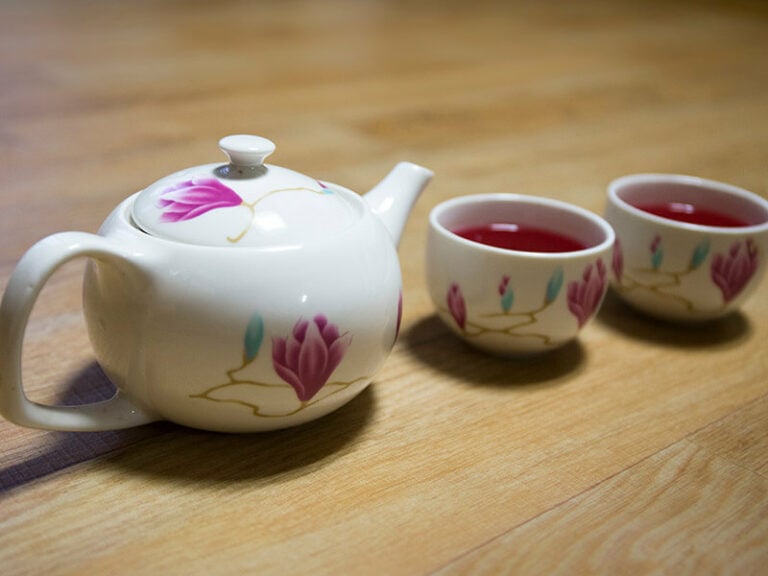
Omija-cha
This tea is made from the magnolia berry (aka omija berry). It’s normally served with honey.
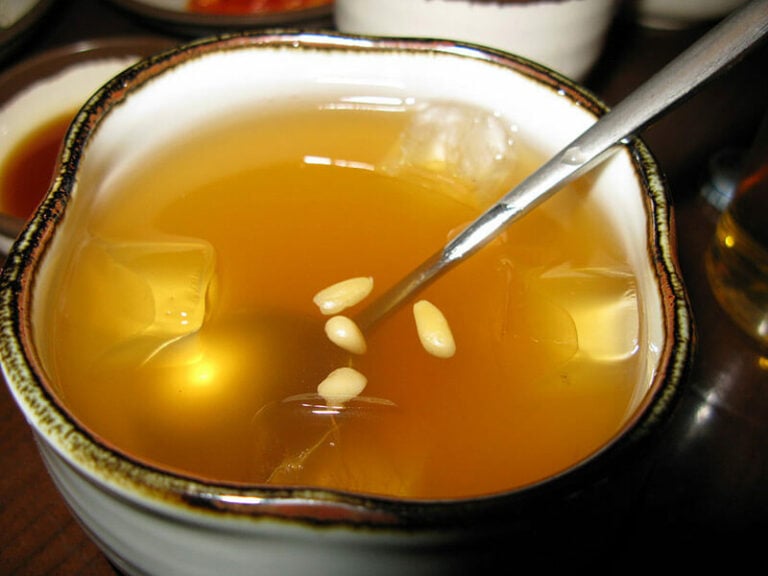
Maesil-cha
A plum tea made from fermenting plums into a thick syrup and then mixed with hot water to create a sweet, relaxing tea.
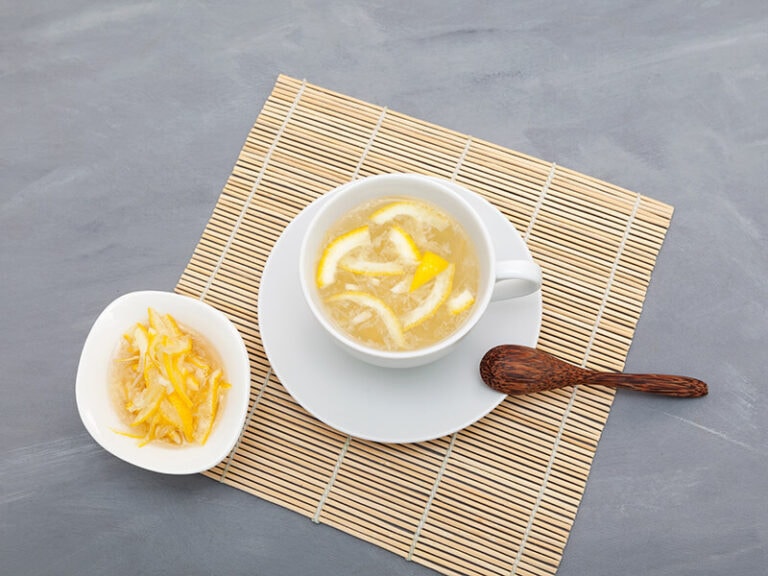
Yuja-cha
Also known as yuzu tea, this beverage is made by mixing yuzu marmalade with hot water, recognized for its tangy flavor and health benefits.
For a comprehensive view of these natural foods, let’s check out the fruit season in this country with the below part.
What Are the Seasons of Fruits in South Korea?
In South Korea, the availability of fresh fruits varies by season, reflecting the country’s temperate climate. Here’s a general guide to the seasons of various fruits in South Korea, arranged in bullet points:
Strawberries, Cherries.
Melons, Peaches, Plums, Grapes.
Apples, Pears, Persimmon.
Citrus fruits (including hallabong and tangerine).
Also, thanks to modern farming techniques like greenhouses, some fruits like strawberries can be found outside their traditional seasons, though at a higher price. If you want to know which fruits are more affordable, keep reading!
What Are the Cheapest Fruits in South Korea?
The cost of fruits in South Korea can vary significantly based on factors such as seasonality, local versus imported status, and where you shop (e.g., local markets vs. supermarkets). But generally, seasonal fruits are not only cheaper but also tastier.
Here are some fruits that are generally more budget-friendly throughout the year.
What Are Common South Korean Vegetables?
South Korean natural offerings also feature many kinds of vegetables, both unique to the region and common globally. Here are some common vegetables found in typical dishes in this country.
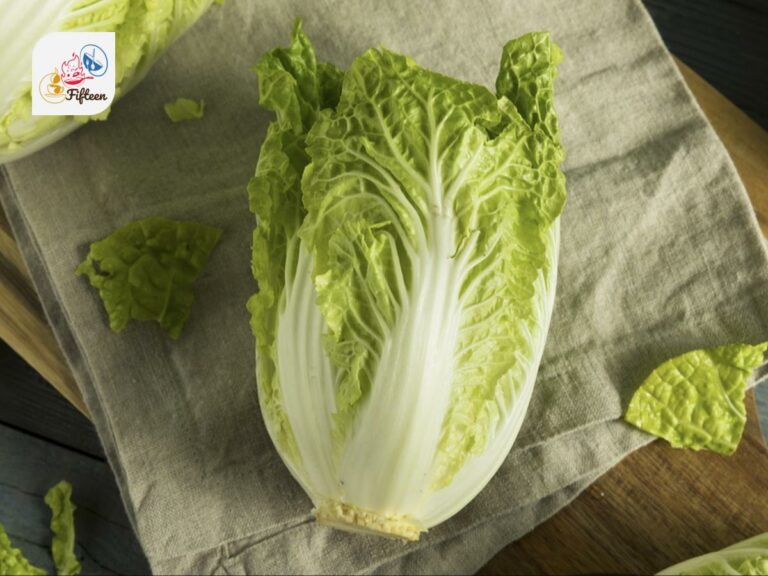
Napa Cabbage (Baechu)
Napa cabbage is essential for making kimchi, a staple in Korean cuisine.
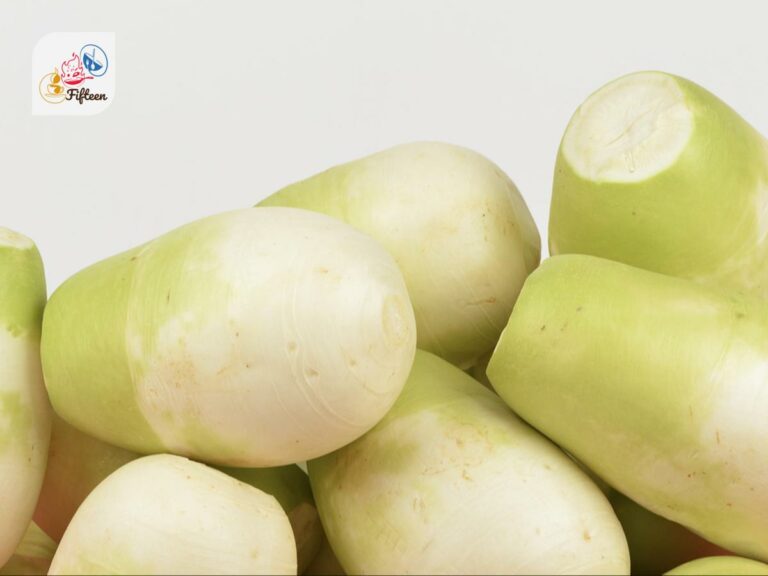
Korean Radish (Mu)
It’s another key ingredient in kimchi and various side dishes.
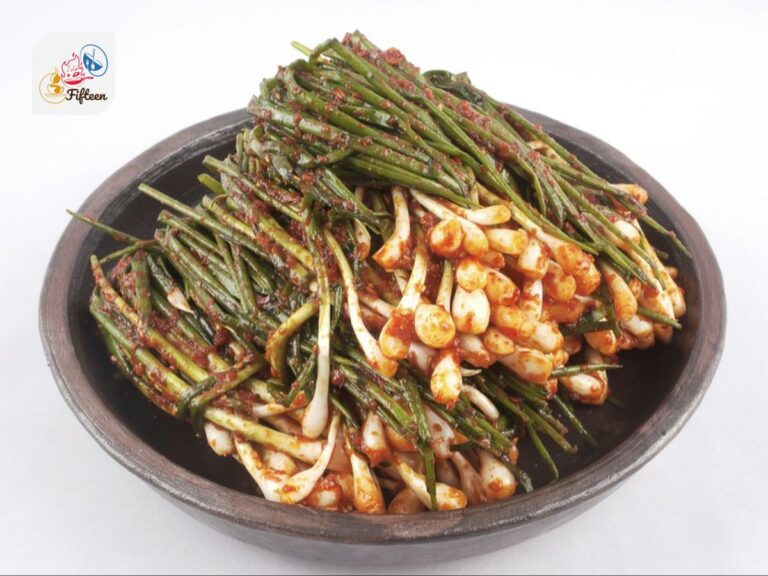
Green Onions (Pa)
It’s widely used as a garnish and in soups, stews, and pancakes.
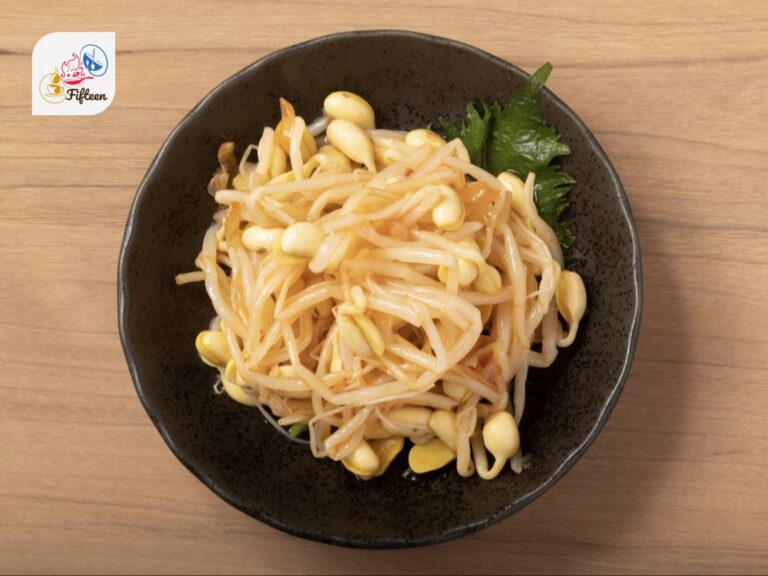
Soybean Sprouts (Kongnamul)
They are common in salads, soups, and side dishes.
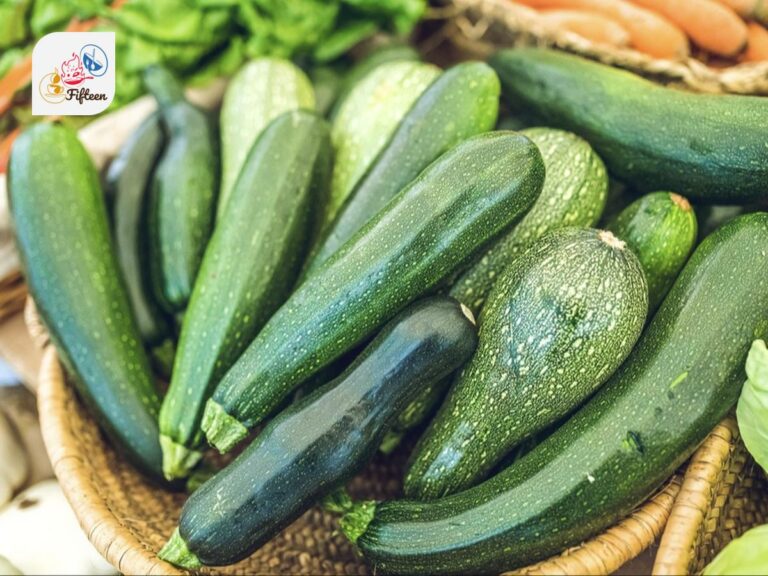
Zucchini (Aehobak)
Zucchini is a type of summer squash used in side dishes and pancakes.
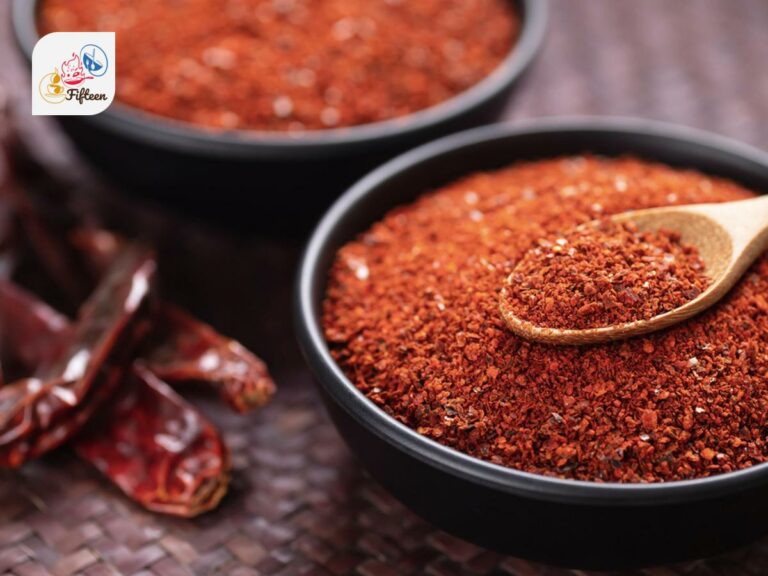
Chili Peppers (Gochu)
They are a key component for making gochujang (chili paste) and adding heat to dishes.
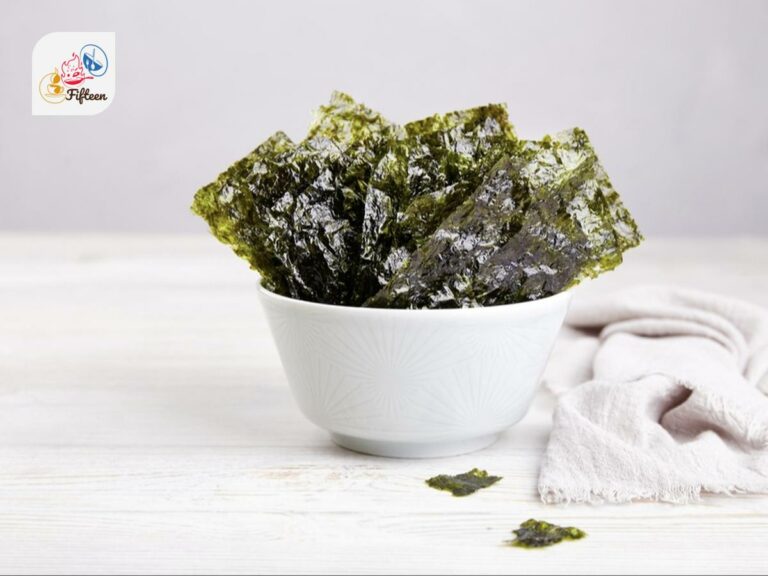
Seaweed (Miyeok/Gim)
Seaweed is used in soups (like miyeok-guk), salads, and as a wrap (gim).
These veggies grown in South Korea can be used in various ways, resulting in many special dishes with strong culinary practices of this country.
In short, it is hard to resist the attraction of these yummy Korean fruits. After reading this post, I hope you get all the valuable information about them.
So do you know other fantastic options? Do not hesitate to share them in the comment section. Or you can write down your opinion about them. Thanks for reading!


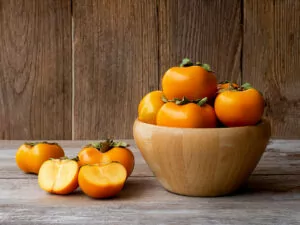
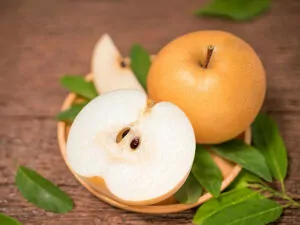
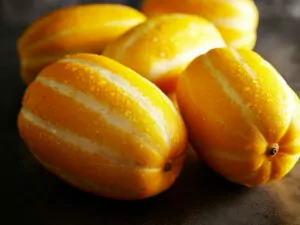
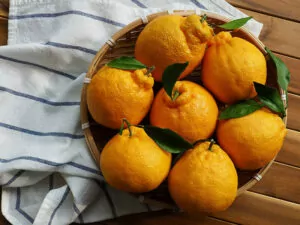
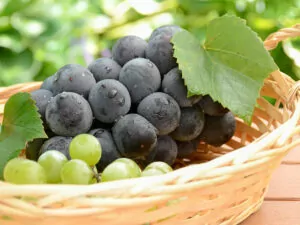
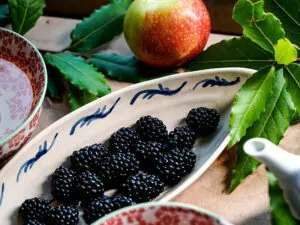
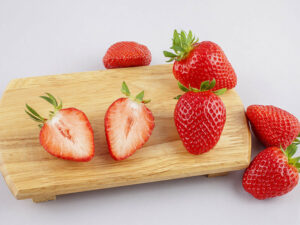
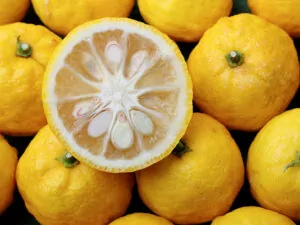
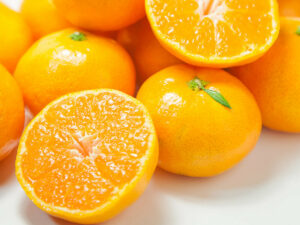
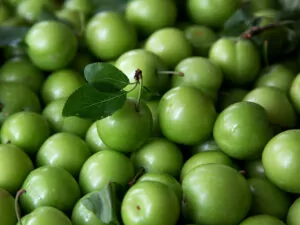
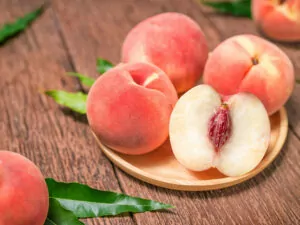
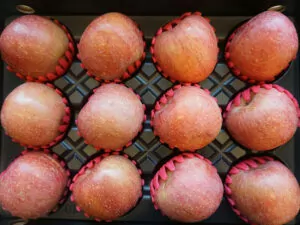
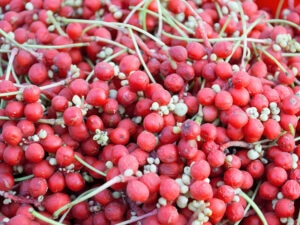
Jamie Scott
Editor in Chief, Senior Content Writer
Expertise
Home Cooking, Meal Planning, Recipe Development, Baking and Pastry, Food Editor, Cooking-video Maker, Western Food Evaluation Expert
Education
Le Cordon Bleu College of Culinary Arts
Local Community College, New York, NY
Jamie Scott is a skilled culinary expert and content creator specializing in Western cuisine. With over 15 years in the culinary field and formal training from Le Cordon Bleu, Paris, Jamie deeply understands how to blend nutrition with delicious flavors. His passion for cooking matches his commitment to making healthy eating accessible and enjoyable.
On Fifteen.net, Jamie brings a fresh perspective to classic dishes and beverages, offering readers insightful recipes, cooking tips, and a fresh view on meal planning that emphasizes taste, health, and simplicity.